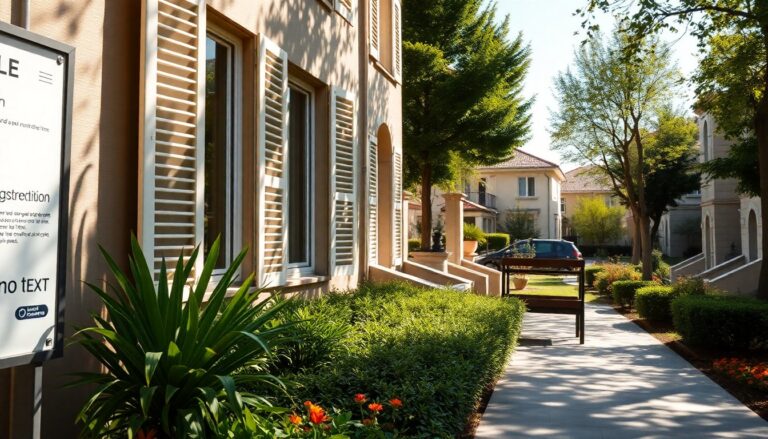Those considering the acquisition of a second home or currently owning one must understand the IMU (Imposta Municipale Unica) tax regulations. This tax can pose a significant financial burden for property owners who do not reside in the property full-time. Updates for 2025 bring important
changes and exemptions that could alleviate tax obligations. Here are the facts regarding the IMU tax for second homes.
The facts
The IMU applies to all properties not classified as primary residences. This includes vacation homes, mountain cabins, or any real estate not regularly occupied. Tax rates generally range from 7.6‰ to 10.6‰, with local municipalities authorized to increase these rates up to 12‰.
Key payment deadlines
Property owners must
be aware of the payment deadlines for the IMU. Payments are divided into two main dates: June 16 for the first installment and December 16 for the final balance. A single payment option is available in June. The tax remains due even if the property is vacant throughout the year.
Recent changes to IMU regulations
A significant update was introduced with the decree from November 6, 2025. This allows local mayors
greater flexibility in adjusting the tax for properties that are not rented and are occupied sporadically. For instance, a home used occasionally, with minimal utility consumption or suspended utilities, may be assessed differently from a year-round occupied property.
Conditions for tax exemptions
Some municipalities may implement these changes, so it is essential to check with local authorities regarding any special exemptions or reduced rates. Complete exemption from the IMU is possible in specific circumstances, even for properties classified as second homes.
One significant scenario involves married couples living in separate residences. According to the ruling from the Constitutional Court (Decision No. 209), upheld by the Supreme Court, both spouses can claim an exemption from the IMU, regardless of their properties’ locations.
Documentation and proof requirements
To prove a property is your primary residence, certain documentation is necessary. This includes the registration of your residence and proof of stable occupancy, such as a family doctor assigned to that address and utility bills showing regular use throughout the year. Recent judicial decisions clarify that low consumption does not automatically revoke exemptions; each case must be evaluated individually.
Possible reductions in IMU obligations
If full exemption is not possible, several avenues for reduction exist. For example, allowing a family member to use the property under a free loan agreement can qualify for a 50% reduction in the taxable base, provided the agreement is documented and the family member uses the home as their main residence.
Additionally, properties declared uninhabitable or unsuitable for living can also receive a 50% reduction. Renting out a property under a standardized rental agreement may yield a 25% reduction on the IMU tax. Properties deemed historic or artistic, under the protection of the Superintendency, may qualify for further tax benefits.
Consulting professionals for tax guidance
To navigate the complexities of tax obligations and maximize potential savings for your second home, seeking advice from experienced professionals is advisable. Reliable notaries and consultants can be found on specialized platforms, assisting you in devising effective fiscal strategies tailored to your situation.

